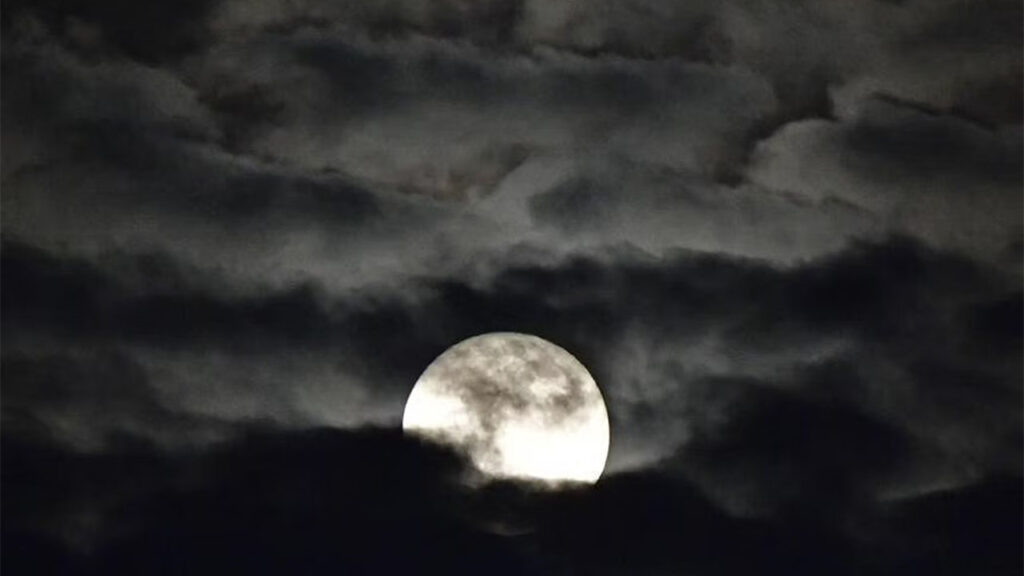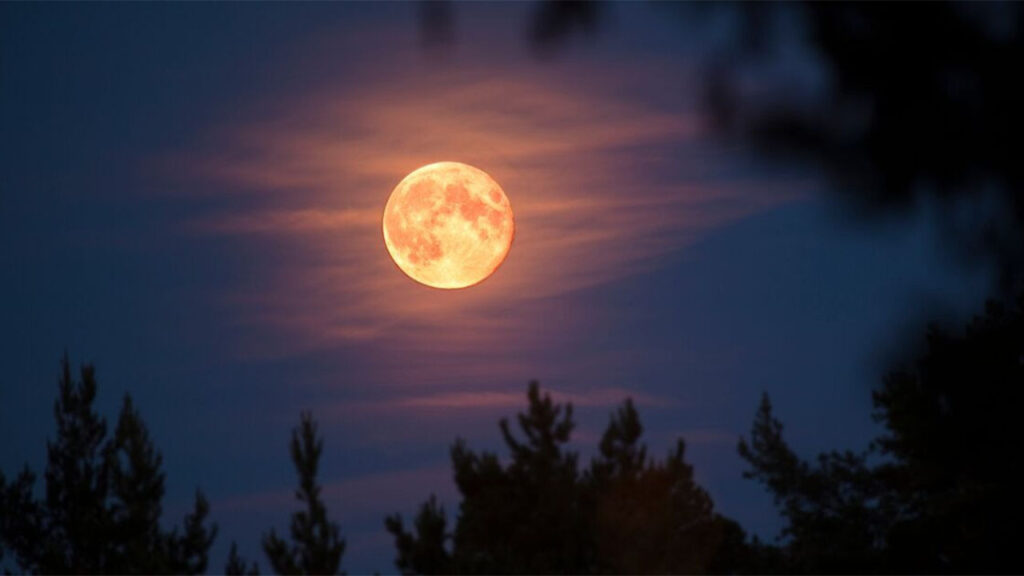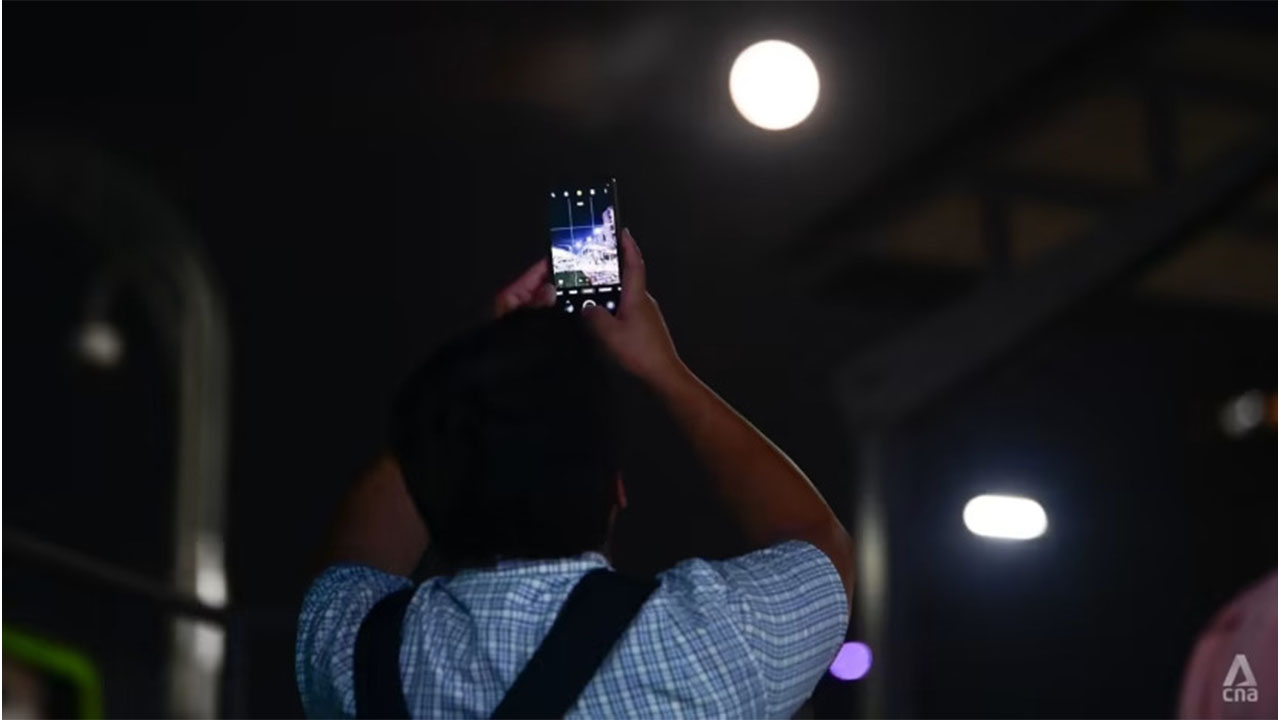SINGAPORE (Commonwealth Union)_ Remember to look up on Friday 29th September for the fourth and final supermoon of the year. It will make its appearance coinciding with the Mid-Autumn Festival, also known as the Mooncake Festival, which is celebrated on the 15th day of the eighth month of the Chinese lunar calendar.
Singapore has been lucky again this summer, with four Supermoons to watch! It is the last such full moon of the year to rise in the sky on 29th September!
The day will be marked by a new full moon that is a bit unusual and will seem bigger than usual! If you have already heard about it this summer, that is normal, because every year, three to four Supermoons rise in our skies. This one will be the last of the year. This astronomical phenomenon, known as a“Super Moon“, takes place when the Moon is at perigee, i.e. closest to the Earth, its orbit, at a distance of around 356,500 kilometers. The Science Centre Observatory said on Monday that as the full moon occurs closest to the autumn equinox in the northern hemisphere, it will also be referred to as a Harvest Moon.
Although 2023 saw four consecutive supermoons, the next supermoon after Friday’s, also a Harvest Moon, will not be seen until 18th September, 2024.

Described as 14% larger and 30% brighter, the Moon appears closer to us, but this is only an impression, as the change is not detectable with the naked eye. It is however, definitely a little brighter, which always makes for a dazzling sight to behold. The term “supermoon” dates back to 1979 as astrologer Richard Nolle decided to use the term that year, to describe the phenomenon, which has since been adopted by NASA and the media.
Astronomers and scientists prefer the term “perigee-syzygy” which owes its nickname to the early autumn harvest, when farmers used the moonlight to work. Towards the end of September, the weather is likely to be less clement than during the summer, but without rain or clouds, you will be able to observe it as soon as the sun sets as night begins to fall earlier and earlier, after the autumnal equinox.
Earlier this year, the first of four supermoons in 2023, the buck moon, graced the night sky on 3rd July. The sturgeon moon and the blue moon were visible on 1st August and 31st August and many stargazers and photography enthusiasts shared their snapshots of these supermoons on social media.
The Science Centre Observatory said that the Harvest Moon will begin rising at 7 pm, approximately from the east and be at an “appreciable height” height which is easily visible in Singapore at around 9 pm. It added that for several evenings during this period, the gibbous moon rises earlier than in other months. A moon is described as gibbous when it is more than half-full, but not quite fully illuminated, when looked at from the Earth’s perspective.” This results in an abundance of bright moonlight early in the evening, which traditionally provided greater aid to farmers and crews harvesting their summer crops.
The observatory said that like most full moons, it will be easily visible anywhere in Singapore as long as the skies are clear, and viewers have an unobstructed view of it. Open public areas like East Coast Park, the Marina Barrage, and the Southern Ridges will offer an unobstructed and potentially elevated view of the Harvest Moon with panoramic views of the city skyline.
As an added treat, according to Space.com, stargazers may also be able to spot Jupiter, Saturn and Mercury while observing the Harvest Moon.

The lunar phenomenon occurs when the moon’s orbit is closer to the Earth, making the moon appear larger and brighter than usual.
The observatory said the harvest moon will be easily visible anywhere not obscured by clouds.
Those planning to observe the moon with a telescope should do so with a neutral density filter, which protects the eyes against glare.
Mr Soh said a group of more than 20 society members from Tasos will gather to observe the moon and celebrate the Mid-Autumn Festival concurrently.
The harvest moon normally makes its appearance around the time of the Mid-Autumn Festival, but not always on the same day, he said. This year the harvest moon happens to appear during the Mid-Autumn Festival, “so we can make it part of the festive celebration.” The viewing event is exclusively for members of the society. Those who want to join the society can go to its website: https://www.tasos.org.sg/








